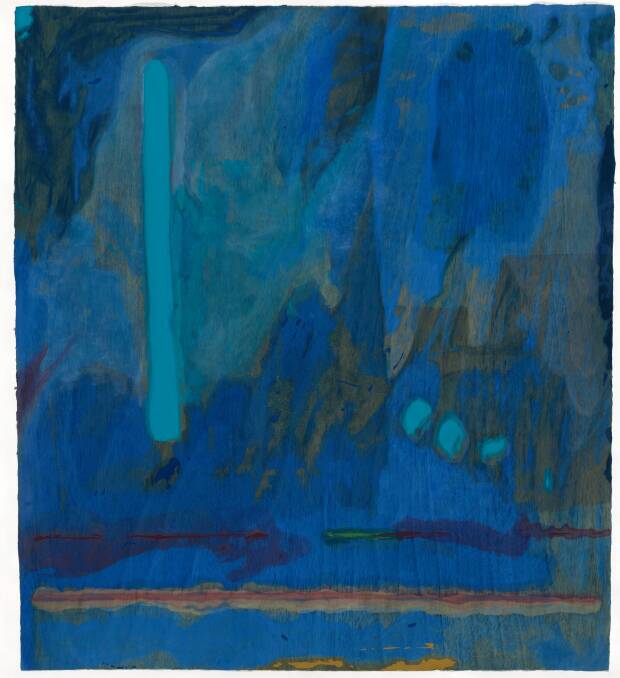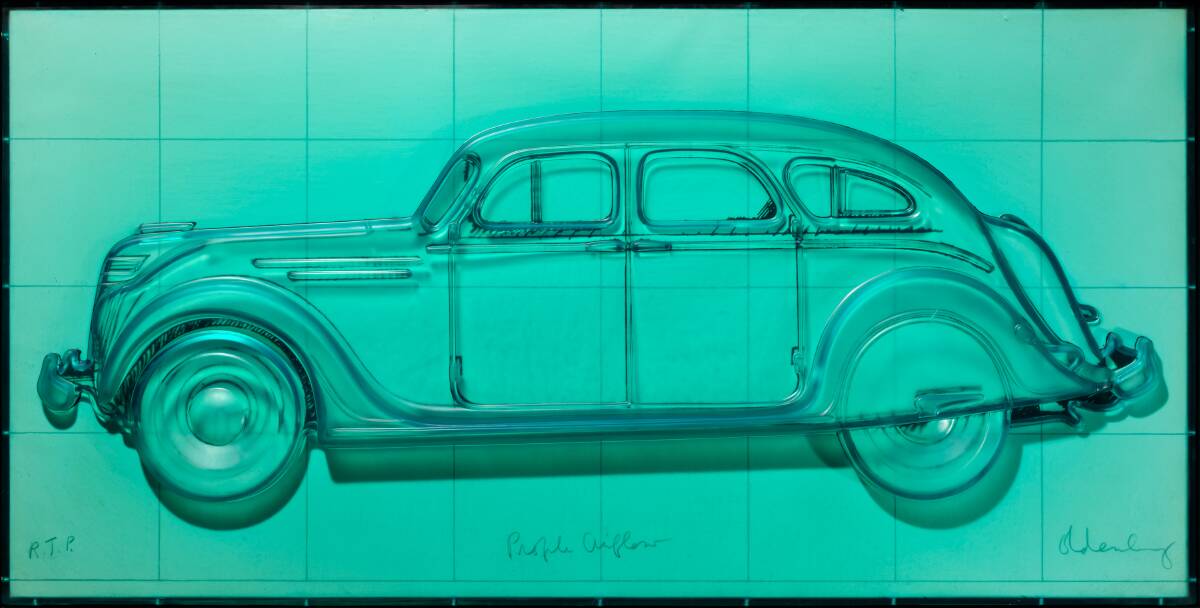Lichtenstein to Warhol: The Kenneth Tyler Collection. National Gallery of Australia, Until March 9, 2020. Admission free. nga.gov.au.
Subscribe now for unlimited access.
$0/
(min cost $0)
or signup to continue reading
The Ken Tyler Collection is one of the great national treasures held at the National Gallery of Australia. Consisting of about 7400 items, the collection charts a history of printmaking in America from about 1966 to 2011. It is a history illustrated by some of the most important art produced in the US.


Tyler was a brilliant printer, entrepreneur and seducer of artists. He espoused a simple philosophy that it takes a great artist to make a great print and he ruthlessly headhunted the most prominent artists working in the US in his day, encouraging and seducing them to make prints. His attitude was infectious and once a major artist like Joseph Albers agreed to make a print, one that technologically should have been impossible to print, and that print succeeded, every major artist wanted to have a go.
Tyler was a brilliant printer, entrepreneur and seducer of artists
Like competing children, artists set Tyler and his workshop ever increasing challenges - Robert Rauschenberg wanted a life-size lithograph of himself standing naked passing through an x-ray machine. A lithograph had never before been attempted on this scale and Rauschenberg was delighted with the huge print Booster, 1973, with the well-hung artist occupying centre stage.
Jasper Johns in 1969-70 printed with lead, while Claes Oldenburg printed his favourite car in relief in plastic over a colour lithograph suspended within an aluminium frame almost 170 centimetres long. Even today, seeing Oldenburg's Profile Airflow, 1969, takes my breath away and sends a shiver down my spine.
David Hockney was a reluctant printmaker, whom Tyler seduced into making a very extensive body of prints. His most adventurous pieces, such as the huge A diver, paper pool 17, 1978, measuring almost two metres by over four metres, employed a completely unconventional medium - hand-coloured paper pulp. The paper pulp is gathered to create rippling masses that are vibrant in their colour saturation.
Tyler always rose to the challenge, at times building new presses, even rebuilding the studio, bringing in an army of assistants as well as experts from different fields. He became famous for his pronouncement, "Yes, it can be done". He could meet every technical challenge, accommodate competing egos and difficult personalities and work through scores of proofs and variations until the artist was completely satisfied or completely exhausted, frequently both. As a corollary, the humble print in Tyler's hands became a very expensive commodity that could hold its own in any gallery space and in the art market.
Of the 77 artists that Tyler worked with and who are represented in the Tyler Collection, only five are women. The explanation is quite simple, while women artists frequently dominate printmaking, Tyler's goal was not to discover new artists or promote less-known artists, but to encourage major established artists to embrace printmaking. In the American art scene of the second half of the 20th century, the overwhelming majority of high-profile artists were male and Tyler pounced on them. Helen Frankenthaler was the odd woman out and collaborated with Tyler for a quarter of a century on her woodcuts. Tales of Genji, 1998 are some of the greatest prints of all time. Anni Albers, Joan Mitchell and Nancy Graves are Tyler's other female collaborators included in the show.
The curator of this exhibition, Dr. Jane Kinsman, who has been collaborating with Tyler for over three decades, has selected some of the very popular gems - some of the all-time greats in American art from the golden era of American printmaking.

